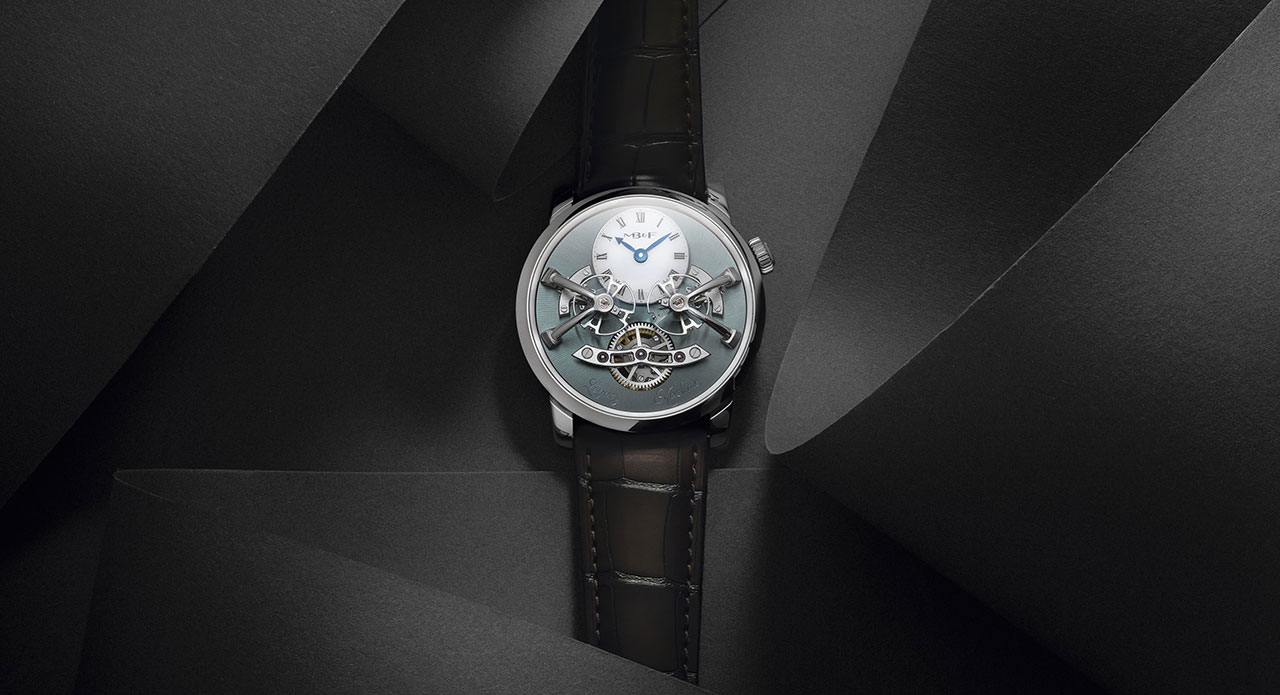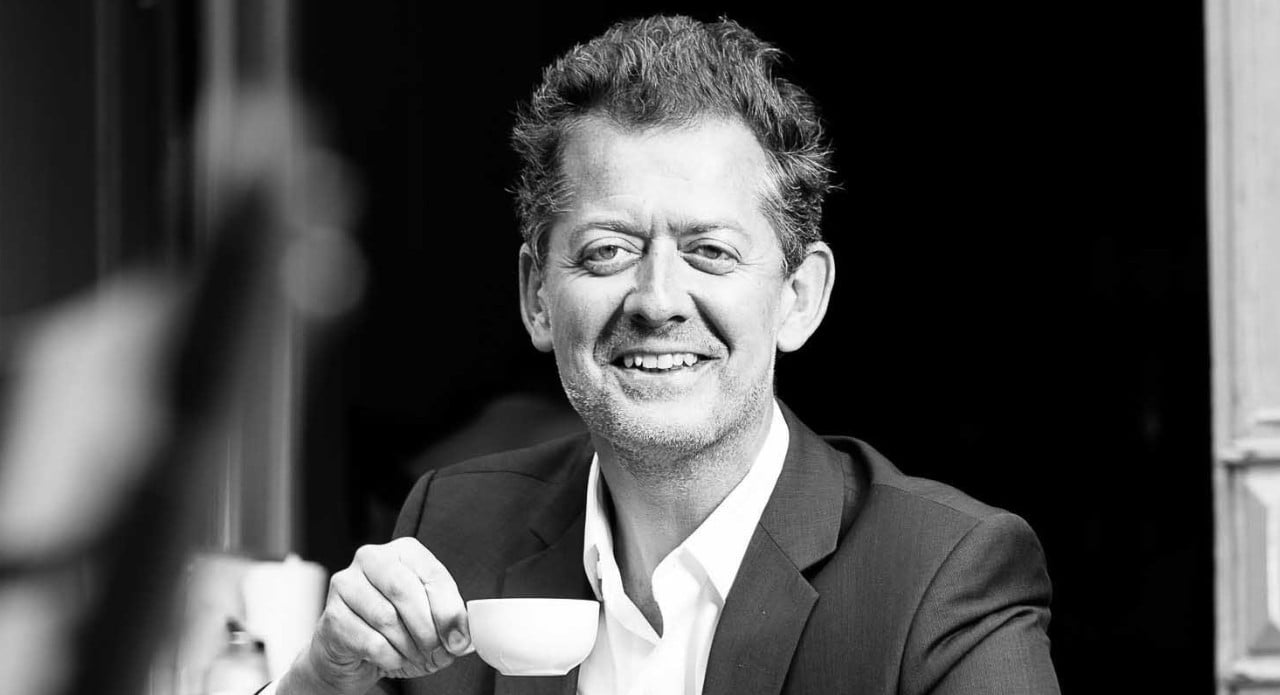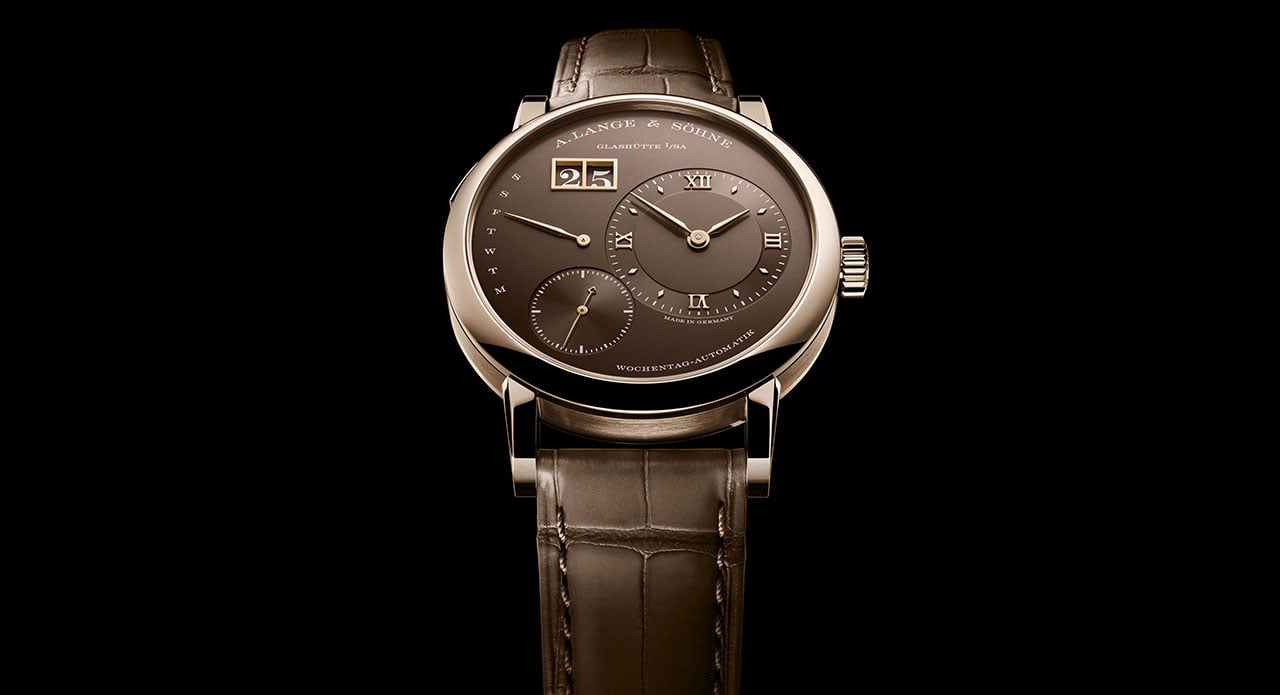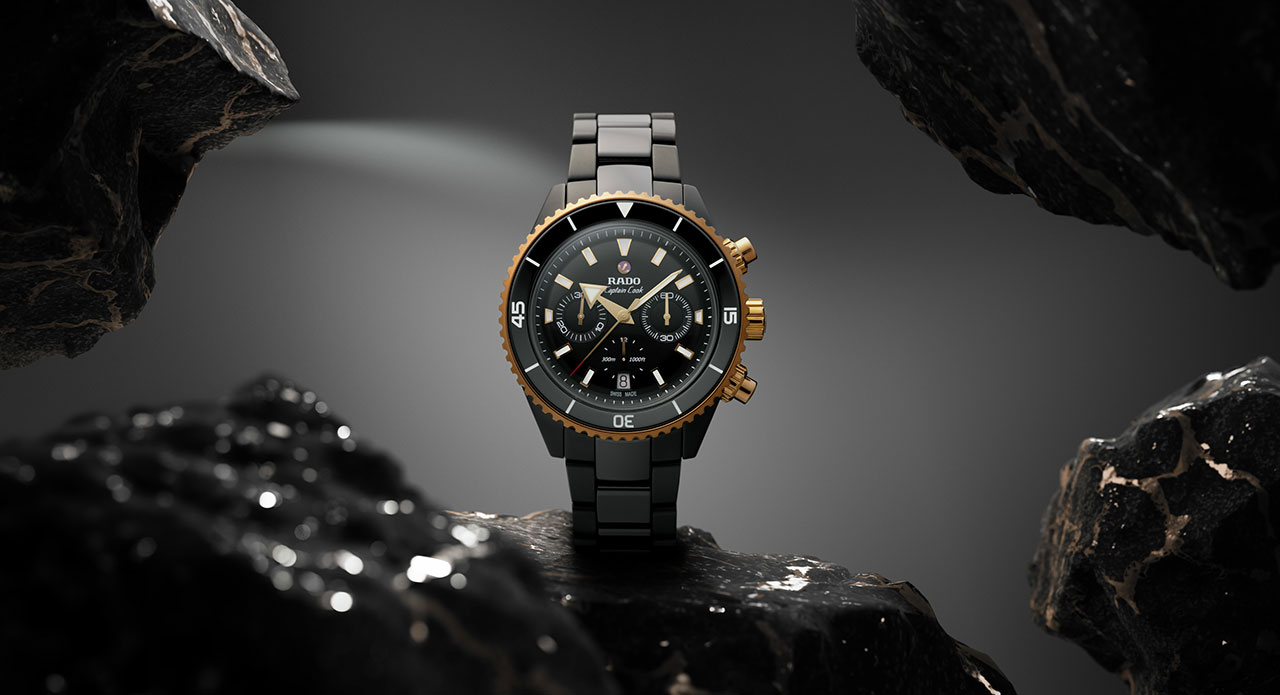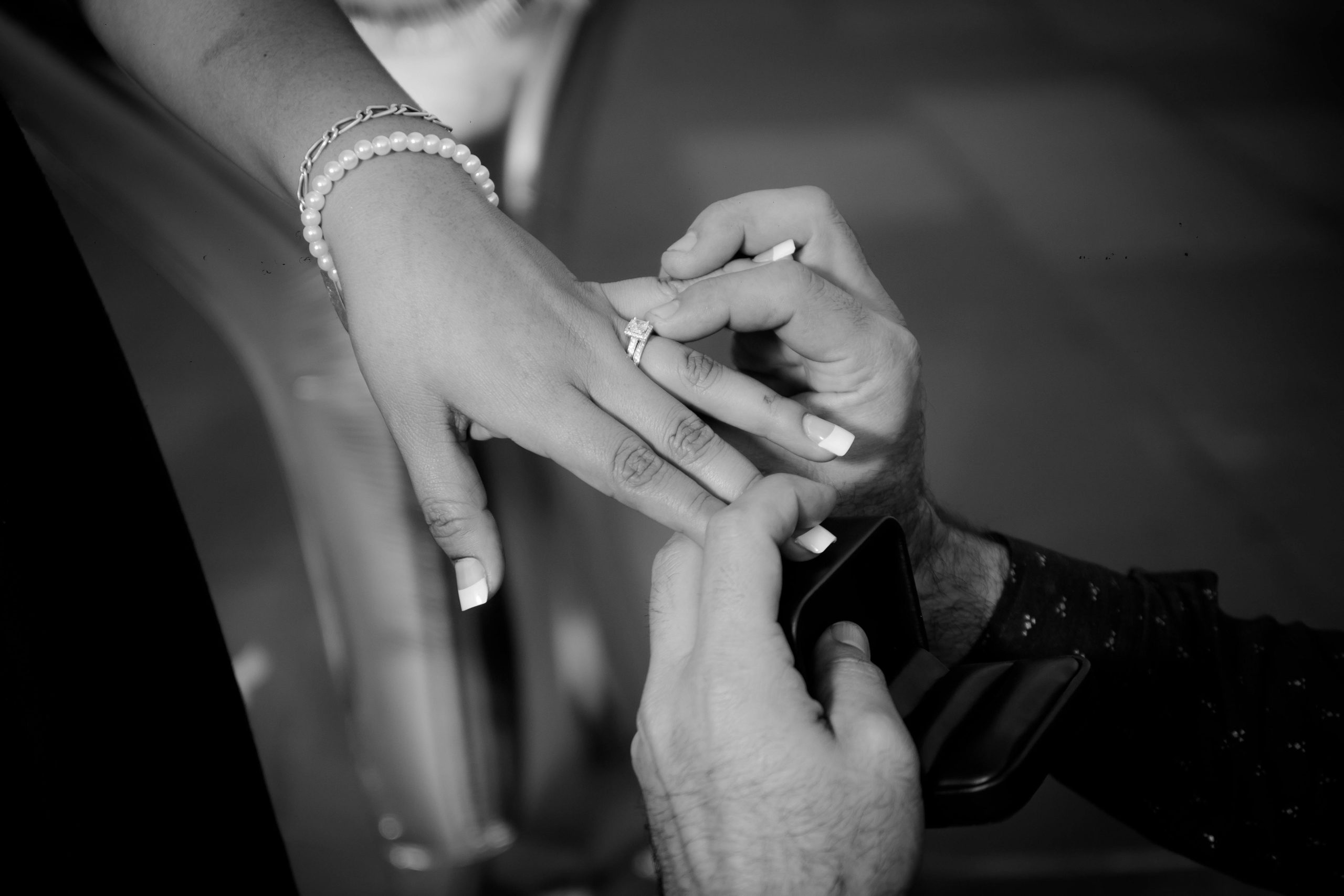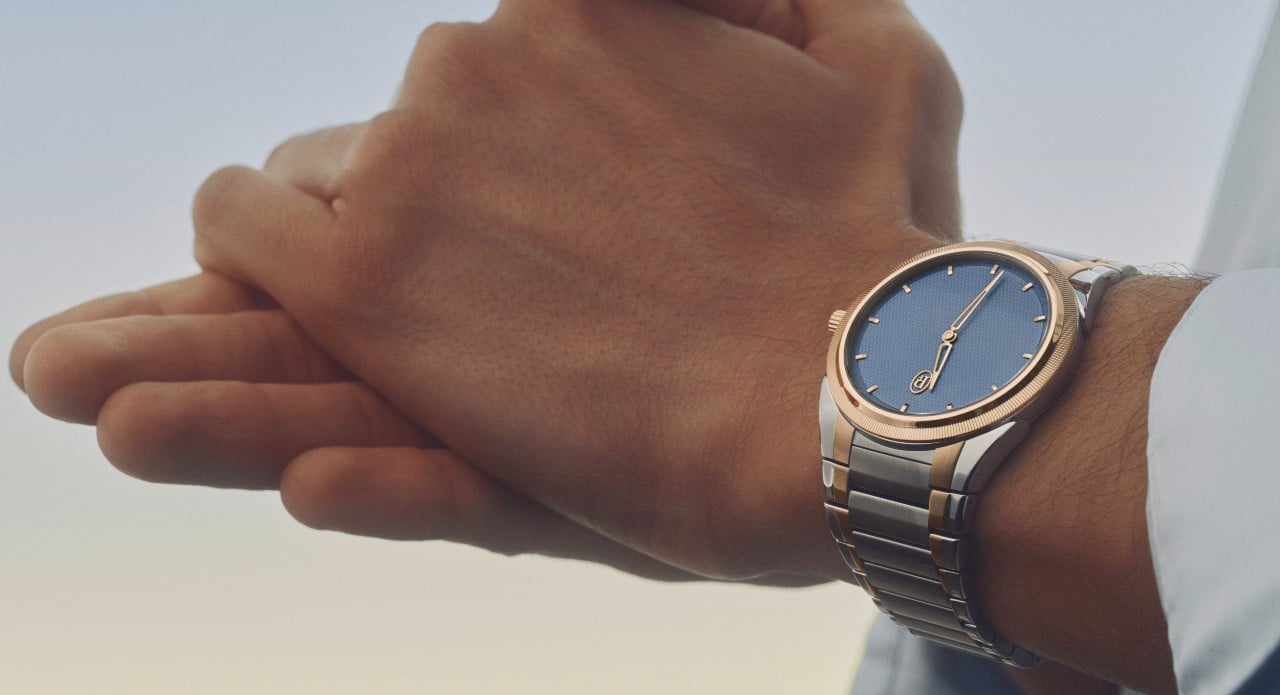In the world of watchmaking, the dial is far more than a surface that displays time. It is a canvas of light, depth, craft, and personality. A single dial can tell you the spirit of a watch long before you glance at its movement, and much of that magic lies in its texture. From the radiant sweep of a sunburst finish to the precise geometry of guilloché and the liquid glow of enamel, dial textures define how a watch speaks to the eye. They are not merely decorative—they are the result of centuries of techniques, tools, and traditions that have evolved to create visual poetry on metal.
Sunburst Texture

Among the most recognisable textures is the sunburst dial, sometimes called sunray. Its beauty lies in the way light streaks outward from the centre, shifting and shimmering as the watch moves. The effect is created by brushing extremely fine lines in a radial pattern across a brass dial plate. Once the brushing is complete, the dial is typically coated with a transparent or semi-transparent lacquer that preserves the pattern while adding depth and colour. Sunburst dials are beloved because they offer energy and dynamism without overwhelming the design, making them a favourite across both sports and dress watches.
Guilloché Texture

If sunburst is expressive and modern, guilloché is classic and aristocratic. This age-old technique uses a hand-cranked rose engine or straight-line engine to engrave intricate repeating patterns—waves, spirals, baskets, clous de Paris hobnail grids—into the dial surface. The machine itself requires years of training to master, and each engraved line must be cut with unwavering precision. Guilloché catches light in incredibly refined ways, creating textures that shimmer like woven metal. While some brands use stamped patterns to imitate the effect, true hand-cut guilloché remains one of the highest expressions of decorative watchmaking.
Matte Texture
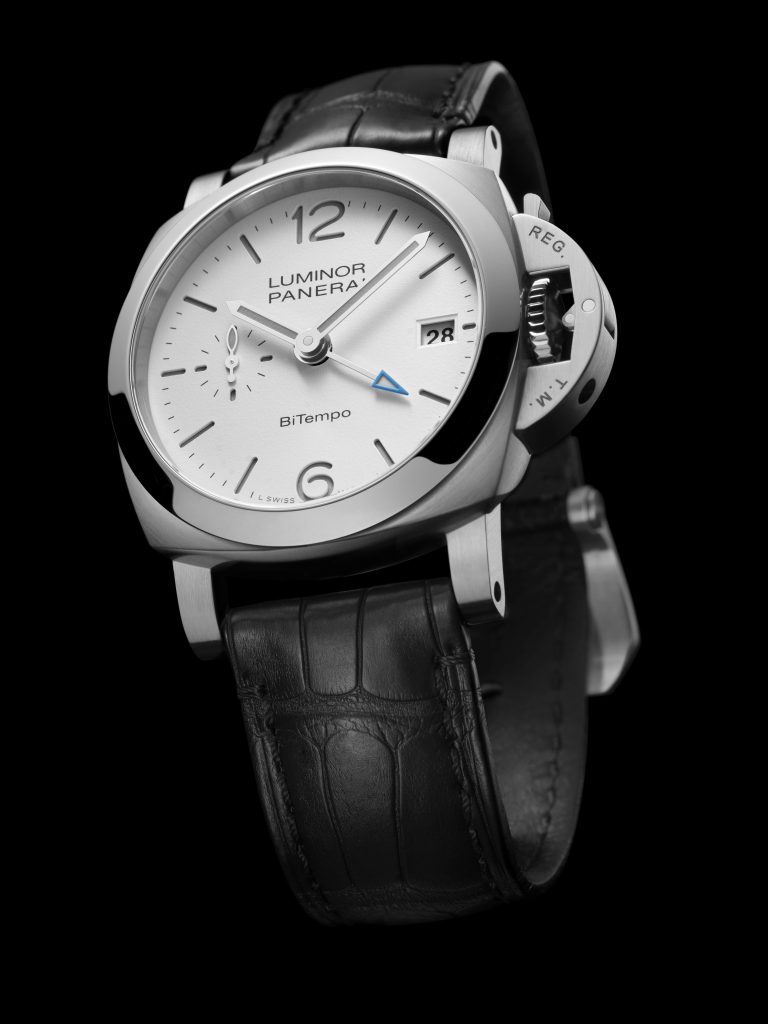
On the opposite end of the spectrum lies the matte dial, a study in restraint and legibility. Matte finishes are created through micro-bead blasting, sandblasting, or fine brushing that diffuses light rather than reflecting it. The result is a soft, non-glossy surface that enhances readability while giving the watch a utilitarian, tool-watch character. Matte dials are preferred in professional watches such as pilot’s models, field watches, and divers because their subdued texture prevents glare under harsh lighting.
Enamel Texture

For those who crave luminous gloss and artistic purity, enamel dials hold a special place. Enamel begins with powdered glass that is applied to a metal base and fired in a high-temperature kiln until it melts into a smooth, glassy surface. Techniques vary—from grand feu enamel with repeated firings, to cloisonné enamel using delicate gold wires to form patterns, to champlevé where cells are carved into the metal and filled with enamel. Enamel dials can last centuries without fading or cracking, but the process is unforgiving. A tiny air bubble or temperature shift can ruin an entire dial, making pristine examples rare and highly treasured.
Grained Texture

Another noteworthy finish is frosted or grained dials, created through chemical treatments, brushing, or micro-abrasion that results in a granular, snow-like texture. These surfaces scatter light in a soft and elegant way, often giving the dial a tactile, almost handmade quality. Frosted textures are especially common in high-end independent watchmaking, where artisans chase subtle imperfection and organic beauty.
Lacquered Texture

Modern techniques have also introduced lacquered dials, which achieve a glossy, deep finish through multiple layers of lacquer meticulously applied and polished by hand. The result can look like still water or wet ink, offering a sense of richness and colour saturation that other textures cannot achieve. Ceramic and vitreous coatings add another layer of contemporary innovation, creating ultra-smooth, highly durable surfaces that resist scratches and maintain uniform colour.
Each of these textures influences how light plays upon the dial, how the watch feels on the wrist, and how the wearer connects with it emotionally. Some textures speak in bold strokes, others whisper with subtle detail, but all of them contribute to the story a watch tells. Texture transforms a dial from a flat circle into a landscape—alive, expressive, and rich with character. In the end, the beauty of a watch dial lies not only in what it displays but in the craftsmanship etched into its surface, giving time a form as dynamic and captivating as life itself.
